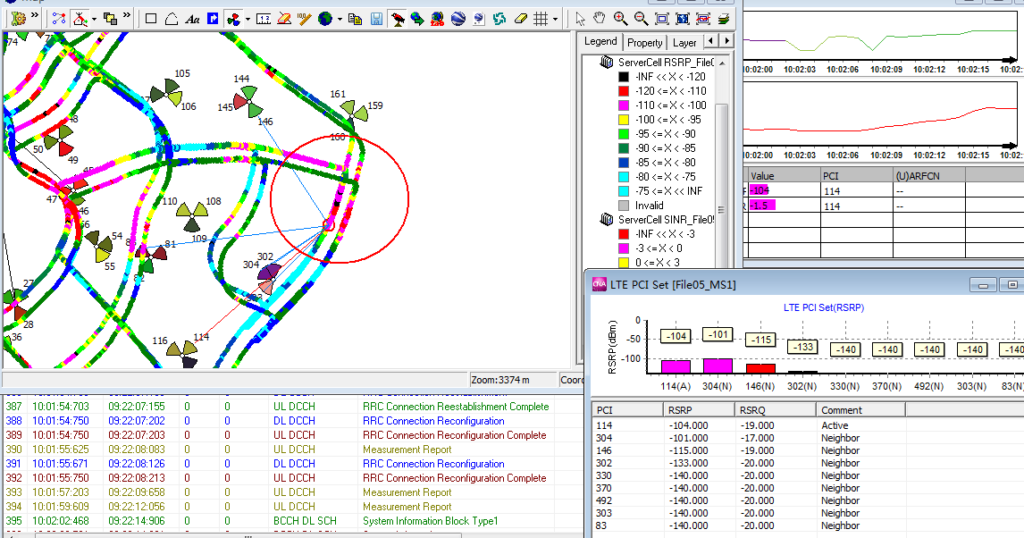Definition of Handover Failure
Handover failure occurs when the process of transferring a connection from one cell to another is not completed successfully. This starts when the UE (User Equipment) receives the RRC (Radio Resource Control) Connection Reconfiguration message and ends when the UE triggers an RRC reconnection due to the failure.
How to Find Handover Failure?
Handover failures typically happen when the process takes too long. Key indicators of failure include poor RSRP (Reference Signal Received Power) and SINR (Signal-to-Interference-plus-Noise Ratio), which can cause the handover to be unsuccessful.
How to Solve the Handover Failure Problem?
Follow this workflow to address handover failures:

- Check Signal Quality: If RSRP, SINR, and Random Access Response (RAR) are poor, the failure might be due to inadequate downlink coverage or lack of synchronization between the UE and the target cell. In such cases, improving network coverage is necessary.
- Neighboring Cell Check: Ensure that no cells with the same PCI (Physical Cell ID) exist, which can cause interference.
- Adjust Handover Timing: If the problem lies with the timing of the handover, you may need to adjust parameters like T304 (a timer used during handover). If T304 is too short, increasing its value can help prevent the handover from timing out and failing.
Study Cases.

Problem
Handover failure occurs in a specific area where the UE (User Equipment) is moving between cell PCI304 and cell PCI161.
Problem Analysis
The handover failure is due to weak network coverage in the area, which results in a low SINR (Signal-to-Interference-plus-Noise Ratio). As a result, the UE struggles to maintain a stable connection during the handover process.


Solution
To address this issue, the antenna tilt in cell PCI60 was reduced by 3 degrees to improve coverage in the affected area.
Verification Test Results
After adjusting the antenna tilt, the SINR values improved, and the handover failure problem was resolved. The network performance in the area returned to normal.
